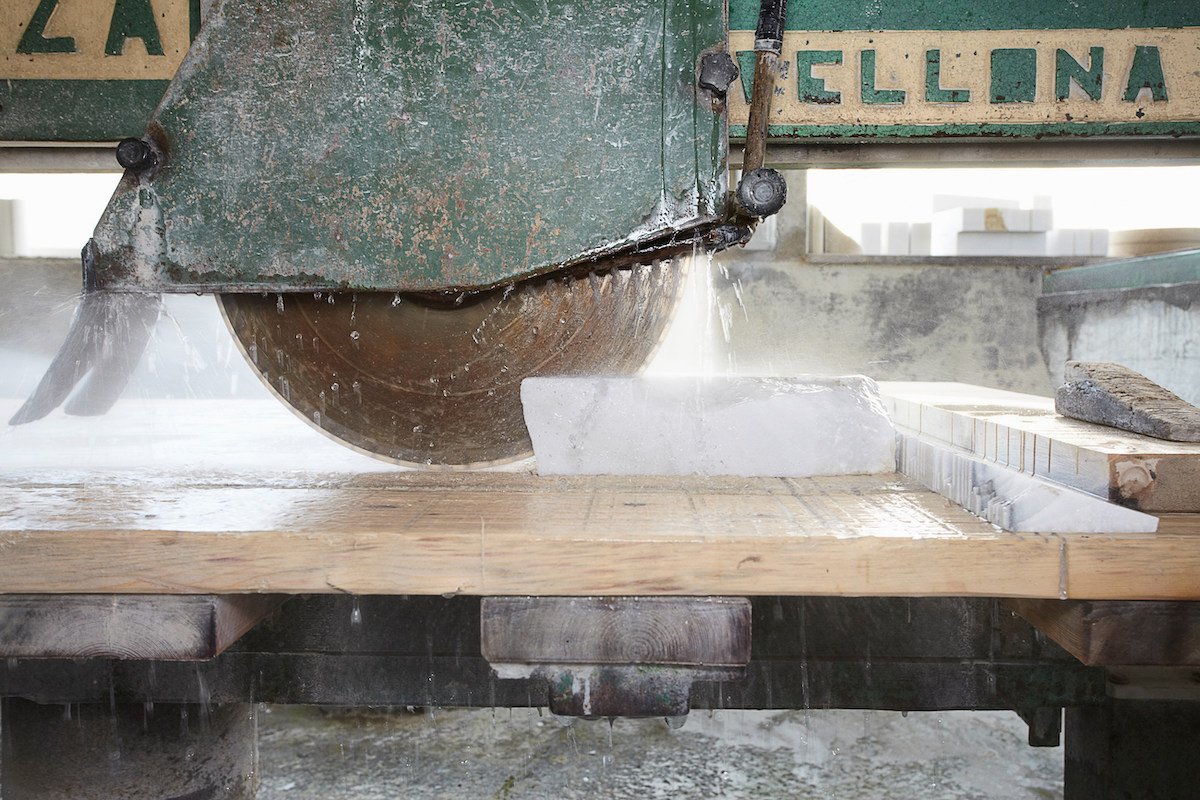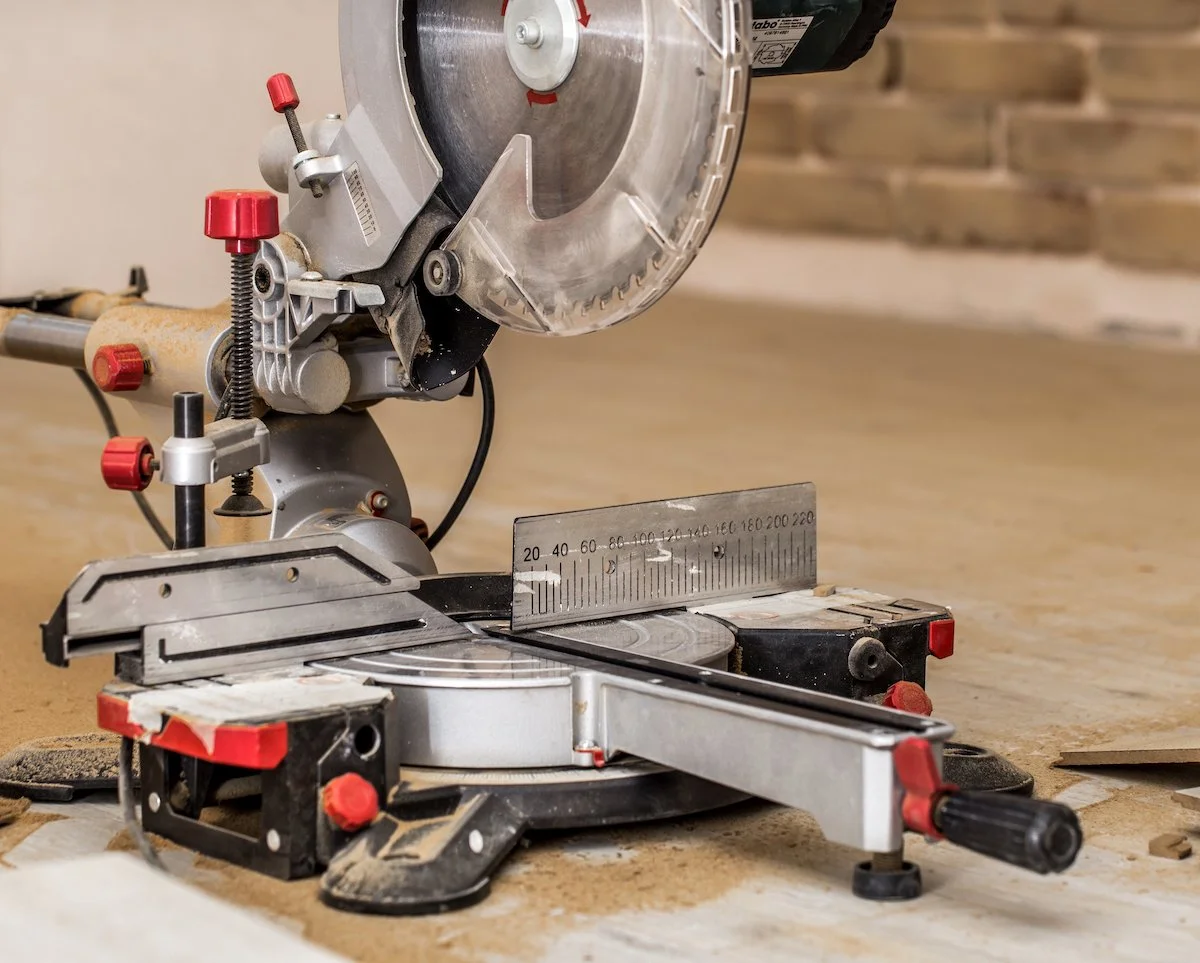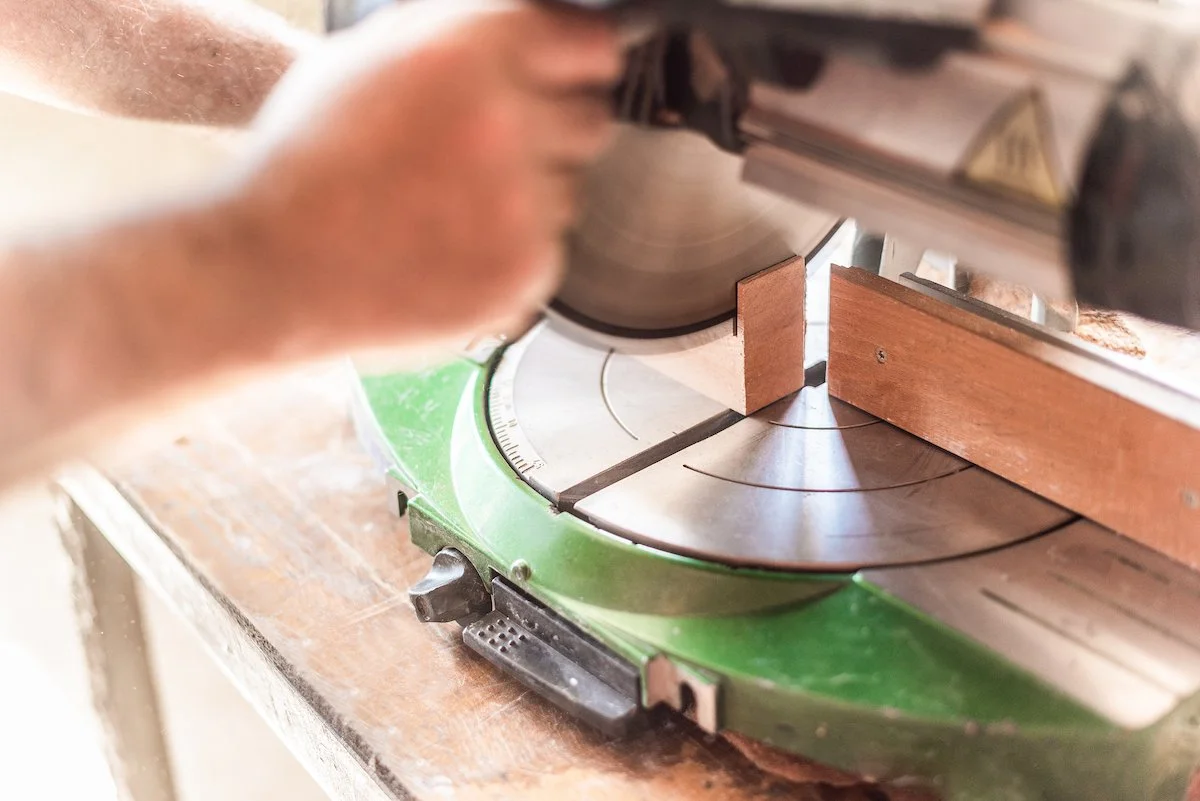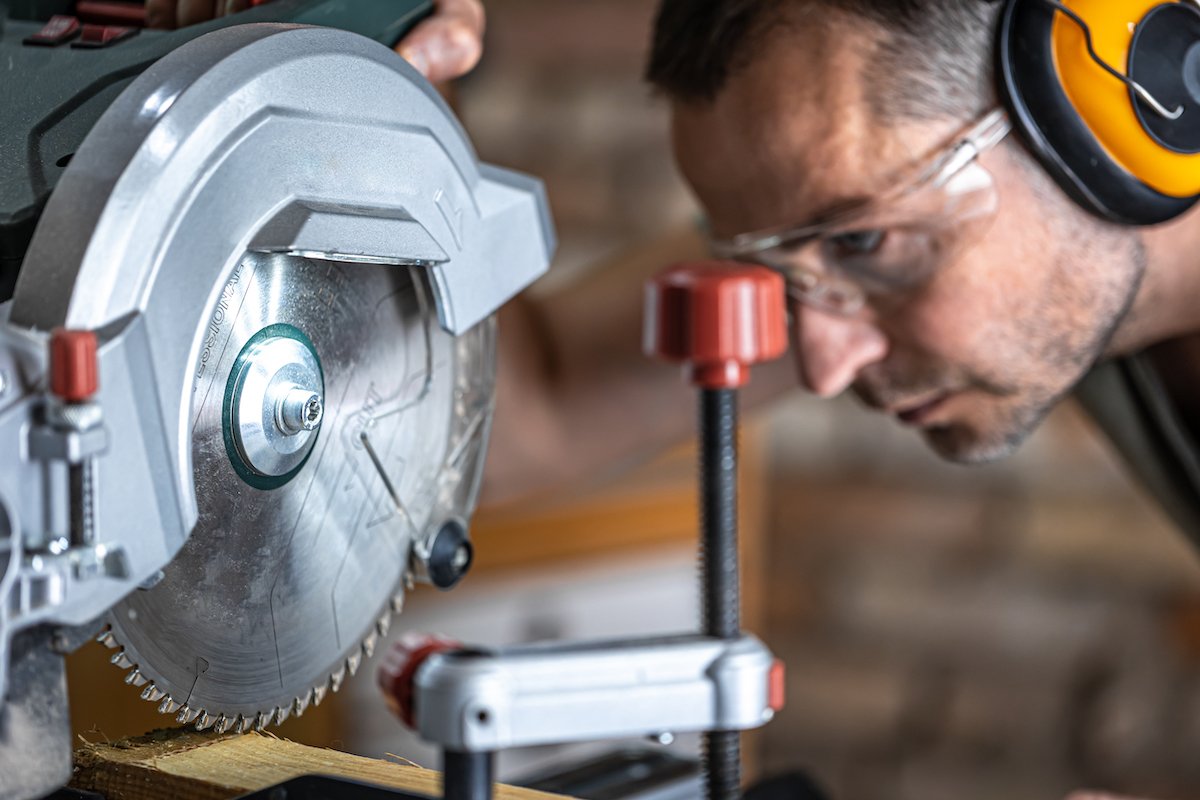Machine Safe Guarding
Languages: English
Media Editing: This subject does not contain any editable media.
Description: Accidents caused because someone didn't use a machine safety guard properly is one of the most documented types of accidents in the industrial workplace. This reality confirms the need for people to know about the different types of hazards of machine work, how they can identify potential hazards, and, more importantly, how they can make sure they are protected. Content is intended to support OSHA training requirements for machine safeguarding and hazard awareness.
Languages: English
Media Editing: This subject does not contain any editable media.
Description: Accidents caused because someone didn't use a machine safety guard properly is one of the most documented types of accidents in the industrial workplace. This reality confirms the need for people to know about the different types of hazards of machine work, how they can identify potential hazards, and, more importantly, how they can make sure they are protected. Content is intended to support OSHA training requirements for machine safeguarding and hazard awareness.
Languages: English
Media Editing: This subject does not contain any editable media.
Description: Accidents caused because someone didn't use a machine safety guard properly is one of the most documented types of accidents in the industrial workplace. This reality confirms the need for people to know about the different types of hazards of machine work, how they can identify potential hazards, and, more importantly, how they can make sure they are protected. Content is intended to support OSHA training requirements for machine safeguarding and hazard awareness.
Topics
Identifying Machine Hazards
-
This topic teaches learners about the different types of hazards associated with machine work, and how to identify these hazards. Content covers a variety of hazards, including the most common three: nip points, shear points, and pinch points.
-
Questions (level 1, 2, 3)
-
This topic is currently available in English.
-
To keep yourself safe, understand how the moving parts on a machine work. It is important to identify and know how the various motions and points of operations can seriously injure you.
There are basic hazards that moving parts on a machine can create. These can include nip points, pinch points, and shear points. The size and power of a machine determine the nip, pinch and shear points, which can crush, cut or break anything that gets in the way.
Nip points are caused by the rotating parts on a machine, such as rollers, pulleys, belts or gears. When these parts come together, clothes or body parts may get caught between them.
A pinch point is a point between a moving part and stationary parts of a machine, where your body parts may become caught, resulting in an injury. Machines with gears, chains, and compactors are examples of machinery with pinch points.
Shear points on a machine are areas where a moving part creates a cutting motion against another part of the machine.
When hand-feeding material into a machine is required, use a push device or push stick to safely guide and maneuver the materials into the hazardous area of the machine.
A key component to the safe operation of equipment is operator awareness. Not all machines can be completely safe guarded, so it is vital that operators are trained and know about all of the hazards for their specific machine. (An example: a table saw – the self-adjusting guard becomes ineffective as the material is moved towards the blade.)
Electrical equipment, wiring, electrical connections, and contacts are other hazards operators need to be protected from.
Avoid distractions and negligence. Repetitive tasks can give the operator a false sense of security or make them bored.
Preview of topic image for “Identifying Machine Hazards” as this topic is questions only.
Machine Safety Guards
-
The content in this topic introduces the learners to the most common types of machine safety guards and how each of them work to protect people from the machine’s hazards. Some examples include: fixed guards, adjustable guards, two-hand controls, and more.
-
Questions (level 1, 2, 3)
-
This topic is currently available in English.
-
Fixed guards are permanent protectors that are used to protect workers from hazardous areas that don’t require regular access; they are often very difficult and inconvenient to remove.
Fixed guards are designed so that workers aren’t able to reach around, go under, move through, or go over the top of the fixed guards and access the machine’s area of operation.
Adjustable guards can be repositioned to accommodate a variety of operators and do not interfere with the movement of the machine, or the size of the material being pushed through the machine. This helps to provide extra protection for the worker. (Example: a band saw.)
Self-adjusting guards provide a barrier to the machine’s hazards and only move enough to allow the material into the operations areas. (Like a blade guard on a table saw.)Interlocked guards stop the machine from being started or from working if the guard isn’t in place.
Photo-electric eyes will stop the machine from working if it detects the presence of a machine operator or an obstruction in the machine.
Electro-mechanical probes will stop the machine if anything gets in their way or close enough to touch or move them.
Two-hand controls require a machine operator to simultaneously use both of their hands to operate the machine, preventing the operator’s hands from entering the hazardous area.
Pressure mats detect where your body is, and will prevent the machine from operating if you’re too close to the machine.
Physical restraints prevent the operator from reaching into the hazardous area, or they pull the operator's hands away from the hazardous area while the machine cycles.
Gates or fences provide a barrier between hazardous areas and the operator or other workers. They also protect Equipment and workers from flying debris.
Sensored gates will stop a machine from working if the gate is not closed securely.
Preview of topic image for “Machine Safety Guards” as this topic is questions only.
Machine Safety Guards: Requirements
-
This topic addresses what federal safety regulations say about machine safety guards and the requirements that a guard must meet in order to comply with these regulations. These are the standards that a worker can take for granted when working with machine safety guards.
-
Questions (level 1, 2, 3)
-
This topic is currently available in English.
-
Machine safety guards help to control or eliminate safety hazards without relying on the operators’ cooperation or behavior.
The type of safety guard required is determined by the equipment or by how the machine works. Safety guards can be a physical barrier, a safety device, or a combination of both.
Every safety guard must meet certain requirements for it to be considered appropriate and safe.
Safety guards are required to prevent contact between the dangerous parts of a machine and any part of the operator’s body.
Safety guards need to be resilient and secure. They must not be easily removed or altered.
Safety guards must make sure that nothing can fall into the machine’s moving parts.
Safety guards should not create additional hazards, like sharp or jagged edges, or a trip hazard.
Safety guards should not impede the operator’s work or drastically inconvenience the operator. Nuisance guards are more likely to be removed by operators.
Ideally, safety guards should not need to be removed when the machine is serviced, like lubricating. Removed safety guards might not be replaced properly or at all.
Preview of topic image for “Machine Safety Guards: Requirements” as this topic is questions only.
General Machine Safety
-
There are some general safety practices that everyone who works with or around machinery should know about and follow. This topic focuses on teaching learners some of these best practices, including: keeping hair tied back, not wearing jewelry, making sure safety guards are in place, avoiding modifications to equipment and guards, and more.
-
Questions (level 1, 2, 3)
-
This topic is currently available in English.
-
Before operating equipment, always make sure that guards are in place. If a guard is damaged, tampered with, or removed, contact your supervisor immediately, and do not operate the machine.
Use equipment the way it was intended. Adjusting the equipment or machines can create new hazards that the safety guards won’t protect against.
Do not remove, obstruct, or bypass a machine safety guard. To prevent injuries, guards should only be removed by qualified operators AFTER the machine has been successfully locked out and tagged.
Safety guards are NOT a replacement for the lockout/tagout procedure.
Long hair or long facial hair must be tied back or in a hair net, so it doesn’t get caught or tangled in the machines.
To avoid it getting caught or entangled in a machine, remove jewelry or loose clothing.
To place or feed material into a machine, or to retrieve material from a machine, use push sticks or approved push devices. These tools keep your body parts a safe distance away from the operational areas.
Do NOT operate a machine if you don’t understand how the machine or its safety guards work.
Shut the machine off immediately if you see or hear anything out of the ordinary with the machine or with the safety guard. Inform your supervisor straight away.
Before using any equipment, even new equipment, complete a proper safety review to learn about the safety guards and identify potential hazards.
Preview of topic image for “General Machine Safety” as this topic is questions only.










